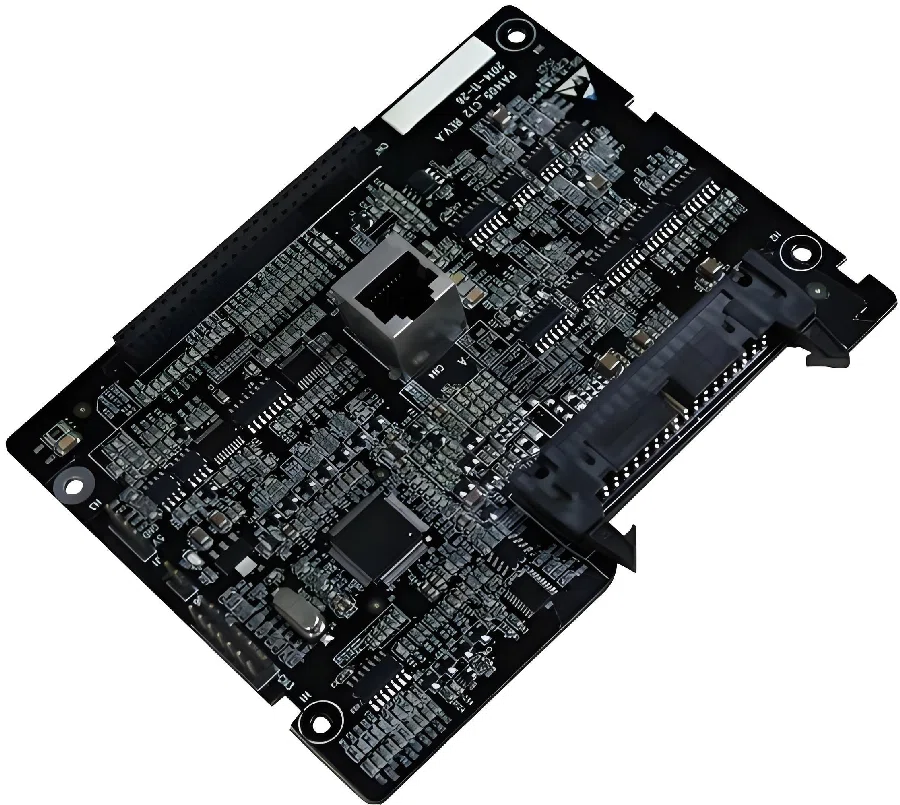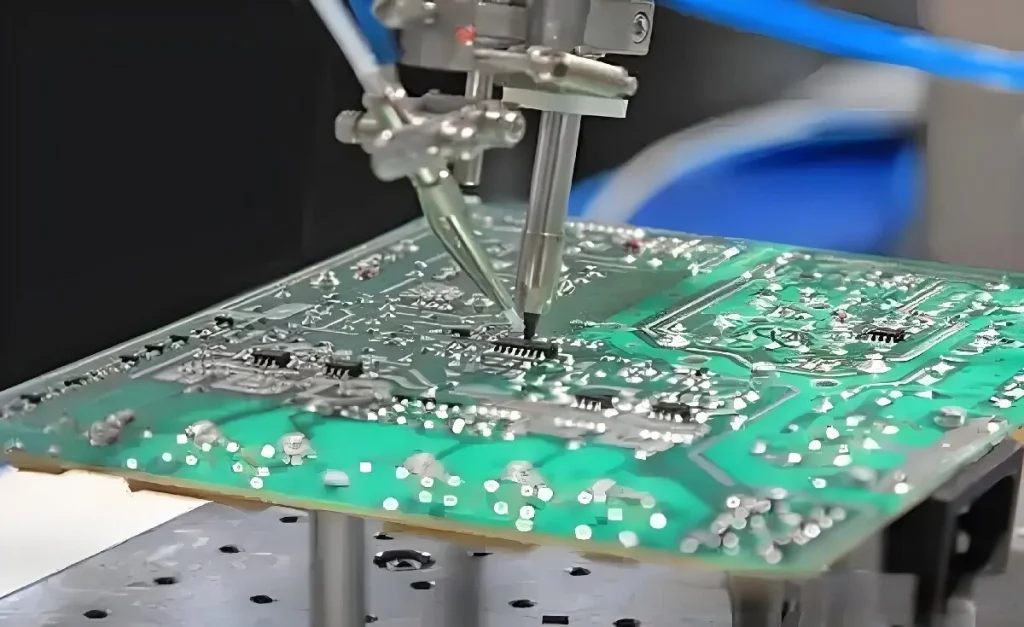How to choose the right tool for circuit design software? Is a key to productivity. In this paper, we arrange several common circuit design software tools, and make a simple comparison of the advantages and disadvantages of these circuit design software tools.

Protel
Protel is the Protel Company in the late 1980s launched the circuit industry CAD software, it is well-deserved in front of many EDA software, circuit designers preferred software. Almost all circuit companies use it, the early PROTEL mainly as a printing board wiring tool used, run in DOS environment, the hardware requirements are very low, it runs on 1MB of memory on a disk-free 286.
Its function is less, only the electrical schematic drawing and the printing board design function, the printing board automatic wiring distribution rate is also low. Protel software main function: is mainly used to draw the circuit diagram with the professional circuit board drawing tool, it includes electrical schematics, analog and digital mixed-signal simulation, multi-layer printed circuit board design, programmable logic device design, chart generation, circuit form generation, and macro support, and has the Client/Server (Client/Server) architecture.
But also compatible with some other design software file formats, such as ORCAD, PSPICE, Excel and so on. Using multi-layer printed circuit board automatic wiring, can achieve high-density PCB 100% distribution rate.
Altium Designer
Altium Designer is an integrated electronic product development system launched by the former Protel Software Developer Altium, which mainly runs on Windows operating system.
The software combines the techniques of schematic design, circuit simulation, PCB drawing and editing, automatic routing of topology logic, Signal integrity analysis and design output, for the designer to provide a new design solution, so that designers can easily design, skilled use of this software will make the quality of circuit design and efficiency greatly improved. Features of the Altium Designer software: in addition to fully inheriting the functions and advantages of previous releases including Protel 99SE and Protel DXP, Altium Designer has added many improvements and high-end features.
The platform broadens the traditional interface of board-level design, fully integrates the functions of FPGA design and SOPC design, this allows engineers to integrate the FPGA design with the PCB design and embedded design in the system design. Since the Altium Designer combines the FPGA design and embedded system design functions from the previous Protel Software, the Altium Designer requires a higher level of computer systems than the previous version.
Quartus II
Altera integrated CPLD/FPGA development software, schematic diagram, VHDL, VerilogHDL and AHDL (Altera Hardware Support Description Language) and other design input forms, embedded with their own synthesizer and simulator, complete PLD design flow from design input to hardware configuration can be completed.
Quartus II can be used in Windows, Linux and Unix, in addition to the use of Tcl script to complete the design process, provides a sound user interface design. It has the characteristics of fast running speed, unified interface, centralized function and easy to learn and use. Functions of Quartus II software: Quartus II provides a fully integrated and circuit-independent development package environment with all the features of digital logic design, including:
1. The circuit can be described by schematic diagram, structure block diagram, VerilogHDL, AHDL and VHDL, and saved as design entity file
2. Chip (circuit) plane layout wiring editor;
3. LogicLock incremental design method, users can build and optimize the system, and then add the performance of the original system has little or no impact on the subsequent modules;
4. Powerful logic synthesis tool;
5. Complete circuit function simulation and timing logic simulation tools;
6. Timing/timing analysis and critical path delay analysis;
7. The embedded logic analysis can be carried out by using the SIGNALTAP II logic analysis tool
8. Support software source files to add and create, and link them to generate programming files;
9. The overall design process can be completed by using combinatorial compilation
10. Auto-locate compilation errors
11. Efficient period programming and validation tools;
12. Can read into the standard EDIF net table file, VHDL net table file and Verilog net table file;
13. Can generate third-party EDA software used VHDL net table files and Verilog net table files.
EWB
EWB Software, full name Electronics Workbench EDA, is the Interactive Image Technology Co. , Ltd. in the early 1990s introduced EDA software for analog and digital circuit hybrid simulation, it can be used directly from the screen to see the output waveform of various circuits. EWB is a small but powerful simulation software.
EWB function: EWB Software relative to other EDA software, it is a smaller software, only 16M, function is also relatively simple, that is, analog and digital circuit hybrid simulation, but you must not underestimate it, its simulation function is very powerful, can simulate the result of real circuit almost 100% , on the desktop, it offers multimeters, oscilloscopes, signal generator, frequency sweepers, Logic analyzer, digital signal generator, logic converters and more, its device library contains many large companies transistor components, integrated circuits and digital gate circuit chips, components not in the device library, but also imported by external modules, in numerous circuit simulation software.
EWB is the most easy to use, its work interface is very intuitive, schematic and various tools are in the same window, people who haven’t been exposed to it can use it very skillfully with a little learning. It is an excellent EDA tool for electronic designers. You Don’t need a soldering iron to know the result of many circuits, and if you want to change components or components to change parameters, just click the mouse can be, it can also be used as electrical knowledge of the auxiliary teaching software.
Multisim
Multisim is a Windows-based simulation tool developed by National Instruments (NI) limited for board-level analog/digital circuit board design. It includes the graphic input of circuit schematic diagram and the input mode of circuit hardware description language, and has rich simulation and analysis capabilities. Engineers can use Multisim to build circuit schematics interactively and simulate the circuit.
Multisim distills the complexity of SPICE simulations so that engineers can quickly capture, simulate, and analyze new designs without having to know the depth of SPICE technology, which also makes it more suitable for electronics education. Through Multisim and virtual instrument technology, PCB design engineers and electronics educators can complete the integrated design process from theory to schematic capture and simulation to prototype design and test.
Features: Ni Multisim is an EDA tool for electronic circuit simulation and design. As a personal desktop electronic design tool running under Windows, NI Multisim is a complete integrated design environment. NI Multisim computer simulation and virtual instrument technology can well solve the problem of the disconnection between theoretical teaching and practical hands-on experiments.
Students can easily learn the theory of knowledge with the computer simulation of real reproduction, and can use virtual instrument technology to create a real instrument of their own. Ni Multisim software is definitely the preferred software tool for electronics teaching. It has visual graphic interface, rich components, powerful simulation ability, rich testing instruments and complete analysis means.
Allegro
Allegro is Cadence’s advanced PCB design and wiring tool. Allegro provides a good and interactive working interface and powerful and complete functionality, combined with its front-end products Cadence, OrCAD, and Capture, for the current high-speed, high-density, multi-layer complex PCB design wiring to provide the most perfect solution.
Allegro has perfect Constraint settings, users only need to set the routing rules according to the requirements, and can meet the design requirements of wiring without violating DRC, thus saving the time of tedious manual inspection, improve the efficiency of the work! More able to define the minimum line width or line length and other parameters to meet the needs of today’s high-speed circuit board wiring.
Allegro features: for the copper foil drawing and modification function that the industry attaches importance to, Allegro provides a simple and convenient inner layer segmentation function, as well as the ability to review the positive and negative film inner layer. For laying copper can also be divided into dynamic copper or static copper, for laying on the ground or walking high current of different applications.
Dynamic copper parameters can be divided into all copper, a single copper or a single object of different levels of setting, in order to achieve copper foil on each contact can be set to different effects or spacing value requirements, etc. , to match the special settings due to the design characteristics.
At present, in all fields, from aerospace to children’s toys are inseparable from the use of circuit simulation software, when designing a new EDA circuit, first of all should be used to simulate the circuit design software, identify and optimize problems. So give you a summary of some simulation software in various areas of the use and function of the introduction for you to read!



